When shopping for headphones, consumers are often bombarded with technical jargon that promises superior audio performance. Terms like frequency response, impedance, and total harmonic distortion appear on product packaging and marketing materials, but their practical meaning remains unclear to most buyers. Deciphering these specifications requires moving beyond marketing claims to understand how each parameter genuinely affects what you hear.
Frequency response stands as one of the most frequently cited yet commonly misunderstood specifications. Measured in Hertz (Hz), this range theoretically indicates what tones a headphone can reproduce - from the deepest bass to the highest treble. However, the raw numbers alone tell an incomplete story. While human hearing generally spans 20Hz to 20kHz, the way headphones handle frequencies across this spectrum matters far more than the extremes. A pair claiming 5Hz-40kHz might impress numerically but could deliver uneven performance where it actually counts. The shape of the frequency response curve reveals more about sound signature than the range endpoints ever could.
Impedance, measured in ohms (Ω), represents another critical but often misapplied specification. This electrical resistance measurement primarily indicates how much power headphones require rather than directly correlating with sound quality. Low-impedance models (under 50Ω) work well with smartphones and portable devices, while high-impedance headphones (250Ω and above) typically demand dedicated amplification. The impedance curve's behavior across different frequencies also impacts sound more significantly than the single nominal value manufacturers advertise. Matching headphones appropriately to your audio source prevents both weak output and potential distortion.
Sensitivity or sound pressure level (SPL), usually expressed in decibels per millivolt (dB/mV), completes the power-related specifications triad. This measurement indicates how efficiently headphones convert electrical signals into sound. Higher sensitivity means louder volume at the same power level, which proves particularly important for portable use. However, sensitivity ratings become meaningful only when considered alongside impedance - two headphones with identical sensitivity but different impedance will perform differently with the same source. The relationship between these specifications determines real-world usability more than either does in isolation.
Total harmonic distortion (THD) measurements attempt to quantify how accurately headphones reproduce sound without adding unwanted artifacts. Expressed as a percentage, lower values theoretically indicate cleaner audio reproduction. In practice, distortion below 1% becomes increasingly difficult for human ears to detect, making extremely low THD measurements more of an engineering achievement than an audible improvement. The distribution of distortion across frequencies often impacts perception more than the total figure, as the human ear tolerates distortion differently in various ranges. Some harmonic distortion can even contribute positively to perceived warmth and musicality in certain headphone designs.
Driver size, frequently highlighted in marketing materials, represents another specification that benefits from context. While larger drivers can potentially move more air for deeper bass, their advantage depends entirely on implementation. Well-designed small drivers often outperform mediocre large ones, and enclosure design affects bass response as much as driver diameter. The material composition of drivers - whether dynamic, planar magnetic, or electrostatic - introduces additional variables that specifications sheets rarely capture adequately. These fundamental technology differences create distinct sonic characteristics that simple measurements cannot convey.
Soundstage and imaging, while crucial to the listening experience, lack standardized measurement protocols. Some manufacturers attempt to quantify these spatial qualities through complex frequency response graphs or polar plots, but these technical representations rarely translate clearly to real-world perception. The interaction between headphone design and human anatomy creates too many variables for simple specifications to capture accurately. Experienced listeners know that some technically imperfect headphones create remarkably convincing spatial presentations, while some measurements darlings sound unnaturally confined.
Wireless headphones introduce additional specifications that complicate traditional sound quality assessments. Codec support (aptX, LDAC, etc.) determines maximum possible audio quality over Bluetooth connections, while battery life and latency become practical concerns that don't affect wired models. The compression inherent in wireless transmission means that even excellent headphones can sound compromised when their supporting technology bottlenecks the signal. These factors create a more complex value equation where pure sound quality must be balanced against convenience features.
Interpreting headphone specifications requires recognizing their limitations as much as their value. While measurements provide objective data points, they cannot predict subjective listening satisfaction. Two headphones with nearly identical specifications can sound dramatically different due to factors that specifications sheets don't capture - enclosure resonance, ear pad materials, or even the precise angle of drivers relative to ears. The most informative specifications serve as starting points for further investigation rather than definitive quality indicators.
Ultimately, headphone specifications function best as filters to narrow choices rather than as absolute quality markers. Understanding what each parameter actually measures - and more importantly, what it doesn't measure - empowers buyers to make informed decisions without overvaluing marketing claims. The perfect headphone exists not in some objective measurement paradise, but at the intersection of technical competence and personal listening preference. Technical specifications provide the map, but your ears must make the final journey.

By /Aug 5, 2025
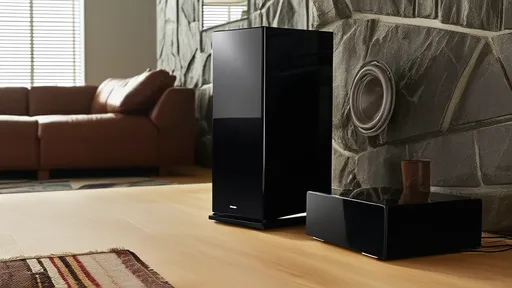
By /Aug 5, 2025
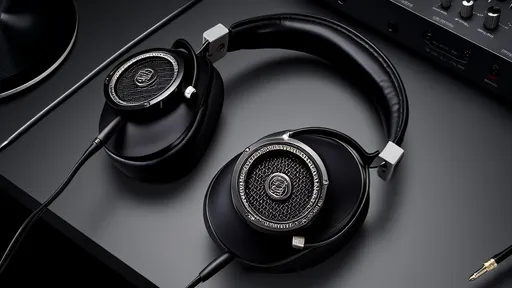
By /Aug 5, 2025
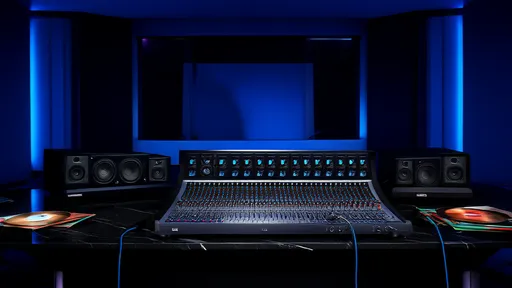
By /Aug 5, 2025

By /Aug 5, 2025

By /Aug 5, 2025

By /Aug 5, 2025
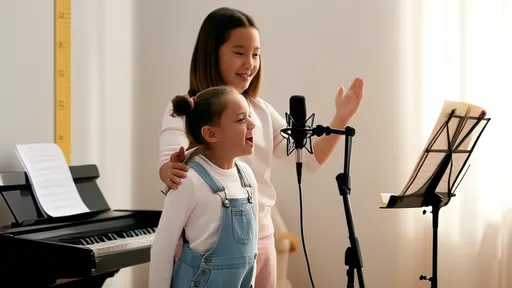
By /Aug 5, 2025

By /Aug 5, 2025

By /Aug 5, 2025

By /Aug 5, 2025

By /Aug 5, 2025

By /Aug 5, 2025

By /Aug 5, 2025

By /Aug 5, 2025
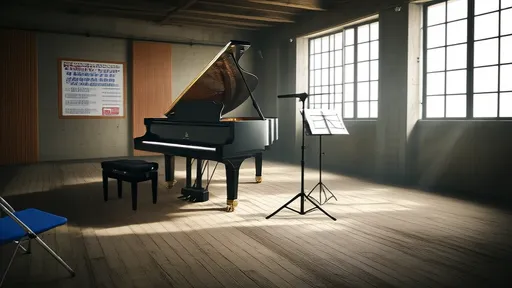
By /Aug 5, 2025
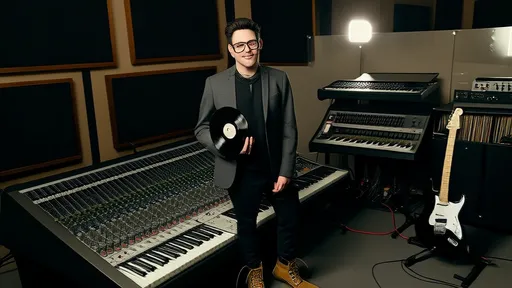
By /Aug 5, 2025

By /Aug 5, 2025

By /Aug 5, 2025

By /Aug 5, 2025